One of the famous features of Genko-an is its two windows, the "Window of Enlightenment" and the "Window of Confusion." The circular and rectangular windows give different effects when you look through them. Another is the "Bloody Ceiling." One can see 400-year-old bloodstained hand and foot prints on the ceiling. It was made using wood floors from Fushimi Castle, where soldiers loyal to Tokugawa Ieyasu were defeated and killed themselves. Next time you're in Kyoto, be sure to come to Genko-an to witness these incredible historical remains!
- 1 min read
Genko-an
Temple of bloodshed, enlightenment and confusion
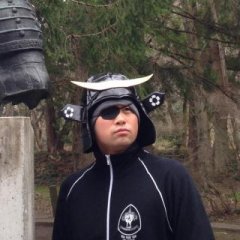
By Edward Tseng
Community writer
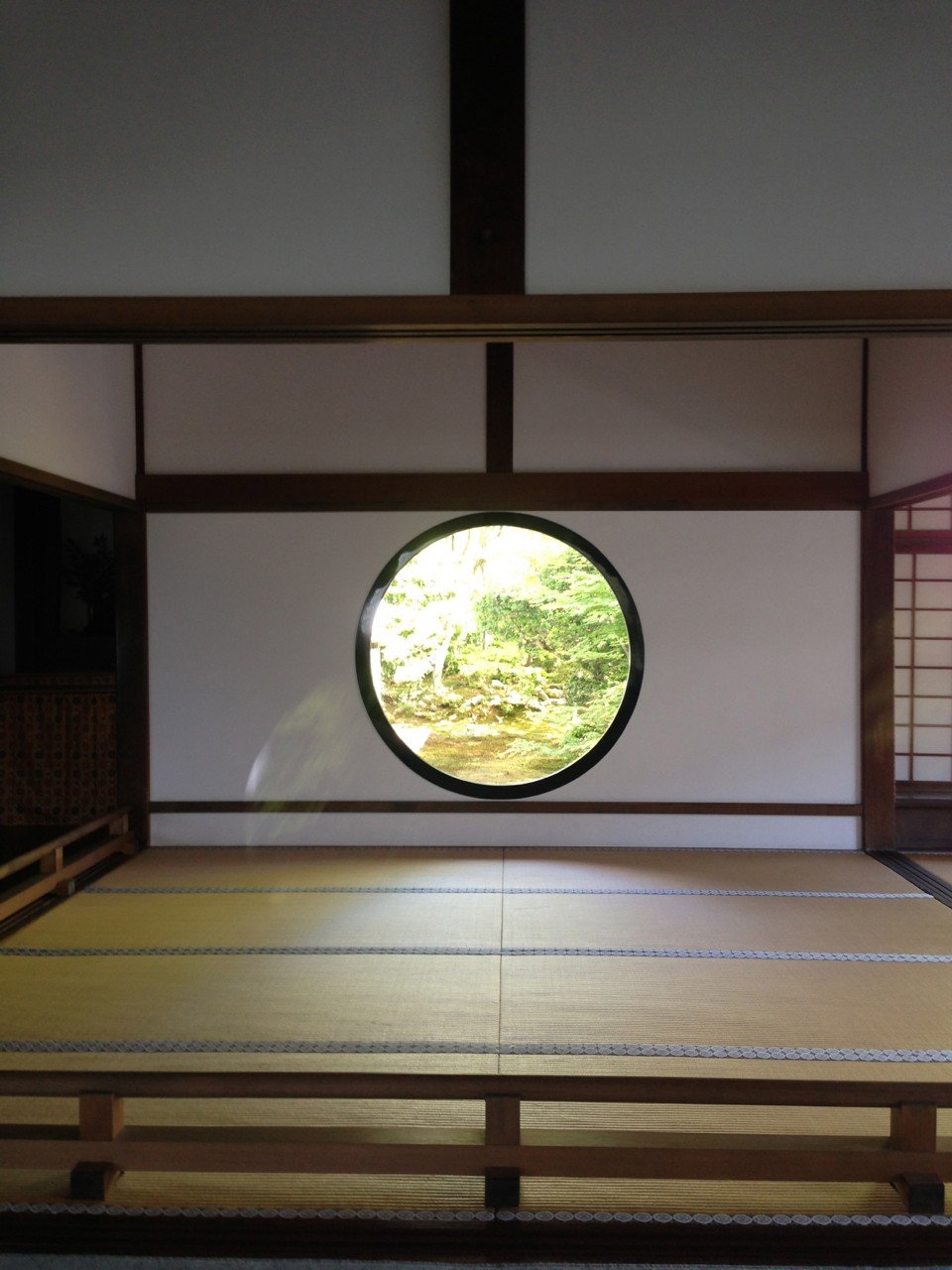
The famous "Window of Enlightenment" at Genko-an
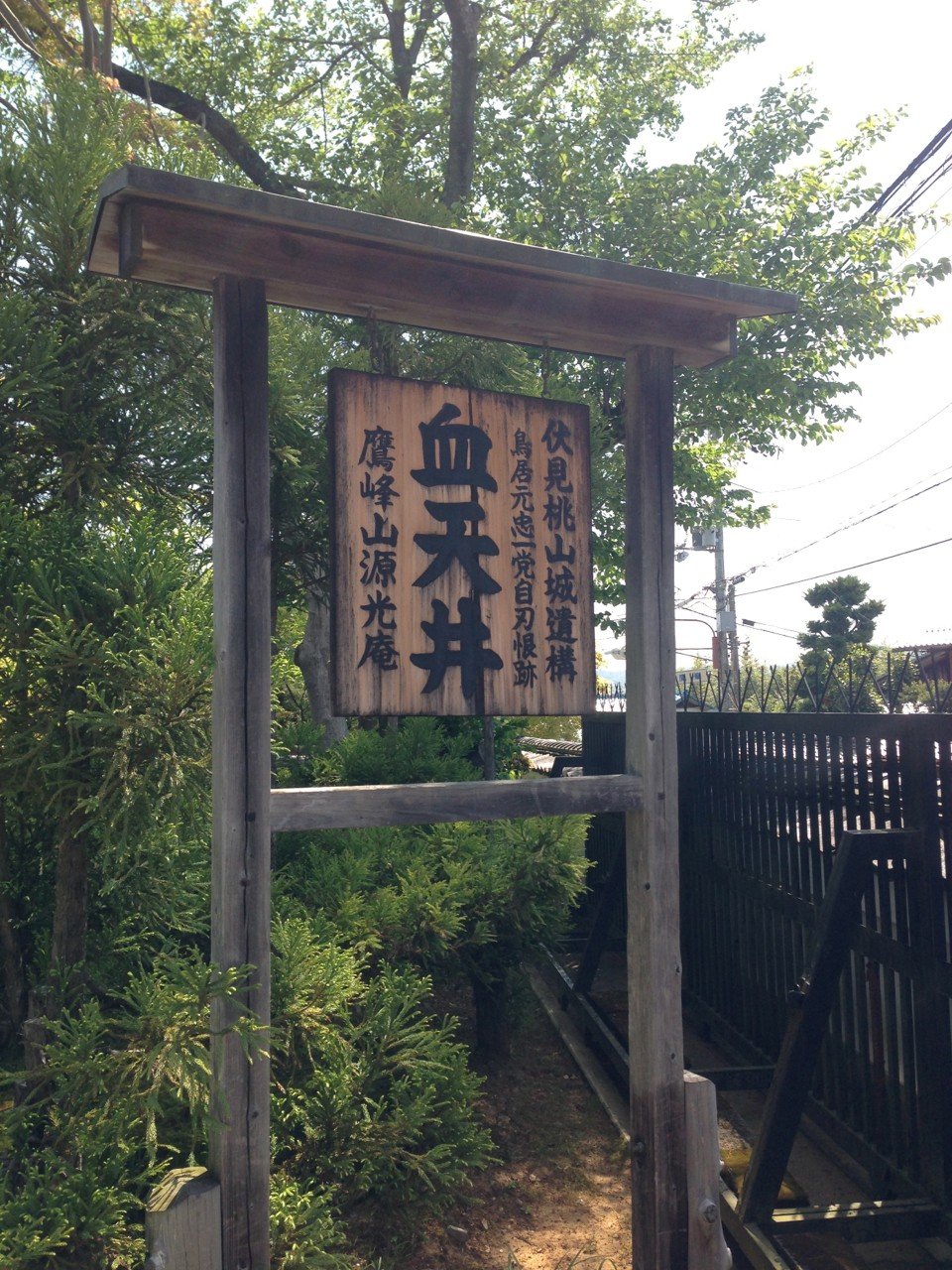
The "Chitenjou" (Bloody Ceiling) sign at the entrance of Genko-an

A corridor of the temple

A mini souvenir shop, where you pay for admission (400 yen)

A corner praying room with beautiful door art

Bloodstained footprints on the ceiling

An elegant gold-plated decoration hanging in front of the chanting table

Maybe I'm confused, but the "Window of Confusion" is just another ordinary window to me

As I looked through "Window of Enlightenment," I sensed peacefulness within me

Another footprint I found as I wandered around the temple

A hard-to-find bloodstained handprint on the ceiling

Take Bus 50, 9, 205, or 206 from Kyoto Station, transfer to Bus 6 or 1, and get-off at Genkoan-mae
Join the discussion
David Minor
a year ago
I hate to spoil the fun but...this is a myth.
These are NOT blood stains.
If they used the timber from another building, they shaved it off with a wood planes and sanded down with rocks to clean it. There is no way they used filthy wood in a visible ceiling, let alone blood.
What you are seeing here are VERY common and happens in buildings with untreated wood (like hinoki) all the time, usually the product of oils or water on the feet and hands. You can see them in a lot of buildings (temples and shrines) today.
These are NOT blood stains.
If they used the timber from another building, they shaved it off with a wood planes and sanded down with rocks to clean it. There is no way they used filthy wood in a visible ceiling, let alone blood.
What you are seeing here are VERY common and happens in buildings with untreated wood (like hinoki) all the time, usually the product of oils or water on the feet and hands. You can see them in a lot of buildings (temples and shrines) today.
David Minor
a year ago
fake
Kim Bergström
3 years ago
I chuckled because the window of confusion also looks just like a regular window to me!
3 comments in total
Book your trip
Find a nearby hotel
Explore some of the best nearby hotels and deals for the perfect place to stay in Japan.
Top Articles
-
![Discover Shiga Prefecture: Events at COCOSHIGA in Tokyo Discover Shiga Prefecture: Events at COCOSHIGA in Tokyo]() 1
1Discover Shiga Prefecture: Events at COCOSHIGA in Tokyo
Tokyo - Sponsored -
![A Taste of Shiga at COCOSHIGA A Taste of Shiga at COCOSHIGA]() 2
2A Taste of Shiga at COCOSHIGA
Tokyo - Sponsored -
![Spa Resort Hawaiians: A Tropical Escape with a Japanese Soul in Iwaki Spa Resort Hawaiians: A Tropical Escape with a Japanese Soul in Iwaki]() 3
3Spa Resort Hawaiians: A Tropical Escape with a Japanese Soul in Iwaki
Fukushima - Sponsored -
![Miyoko Schinner: Japan Vegan Tour 2026 Miyoko Schinner: Japan Vegan Tour 2026]() 4
4Miyoko Schinner: Japan Vegan Tour 2026
Food -
![Discover Hakodate: A Vibrant Port City in Hokkaido Discover Hakodate: A Vibrant Port City in Hokkaido]() 5
5Discover Hakodate: A Vibrant Port City in Hokkaido
Hokkaido - Sponsored -
![Experience Oarai: A Quiet Fishing Town Blessed by the Bounty of the Sea Experience Oarai: A Quiet Fishing Town Blessed by the Bounty of the Sea]() 6
6Experience Oarai: A Quiet Fishing Town Blessed by the Bounty of the Sea
Ibaraki - Sponsored -
![Japan Pottery Tour: Hands-On Workshops & Artisan Encounters Japan Pottery Tour: Hands-On Workshops & Artisan Encounters]() 7
7Japan Pottery Tour: Hands-On Workshops & Artisan Encounters
Culture -
![An Intellectual Journey Through Fujita Tsuguharu’s Legacy in Akita An Intellectual Journey Through Fujita Tsuguharu’s Legacy in Akita]() 8
8An Intellectual Journey Through Fujita Tsuguharu’s Legacy in Akita
Akita - Sponsored -
![Exploring Japan Through the Seasons: Three First-Time Classic Tours Exploring Japan Through the Seasons: Three First-Time Classic Tours]() 9
9Exploring Japan Through the Seasons: Three First-Time Classic Tours
Culture -
![A Journey Through Western Kyushu A Journey Through Western Kyushu]() 10
10A Journey Through Western Kyushu
Nagasaki - Sponsored
-
![Guide to Bringing Medicines Into Japan Guide to Bringing Medicines Into Japan]() 1
1Guide to Bringing Medicines Into Japan
Planning -
![Tokyo Christmas Market Tokyo Christmas Market]() 2
2Tokyo Christmas Market
Tokyo -
![The Ultimate Guide to Thrifting in Tokyo The Ultimate Guide to Thrifting in Tokyo]() 3
3The Ultimate Guide to Thrifting in Tokyo
Shopping -
![Your Name: Real-Life Locations in Tokyo Your Name: Real-Life Locations in Tokyo]() 4
4Your Name: Real-Life Locations in Tokyo
Tokyo -
![November Grand Sumo Tournament (Fukuoka) November Grand Sumo Tournament (Fukuoka)]() 5
5November Grand Sumo Tournament (Fukuoka)
Fukuoka -
![Nabana no Sato Illumination Nabana no Sato Illumination]() 6
6Nabana no Sato Illumination
Mie -
![Tori-no-Ichi Tori-no-Ichi]() 7
7Tori-no-Ichi
Tokyo -
![Tokyo Auto Salon Tokyo Auto Salon]() 8
8Tokyo Auto Salon
Chiba -
![Japanese Urban Legends Japanese Urban Legends]() 9
9Japanese Urban Legends
Culture -
![Shibuya Blue Cave Illumination Shibuya Blue Cave Illumination]() 10
10Shibuya Blue Cave Illumination
Tokyo


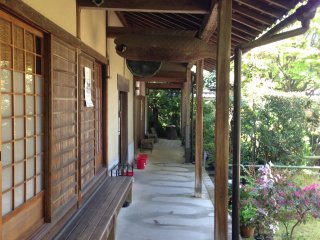
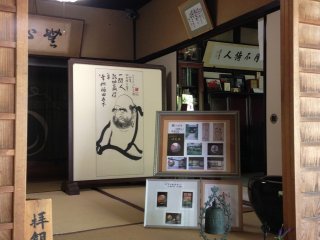
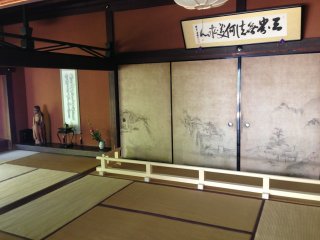
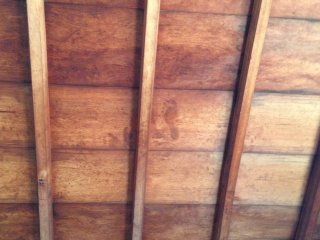
































These are NOT blood stains.
If they used the timber from another building, they shaved it off with a wood planes and sanded down with rocks to clean it. There is no way they used filthy wood in a visible ceiling, let alone blood.
What you are seeing here are VERY common and happens in buildings with untreated wood (like hinoki) all the time, usually the product of oils or water on the feet and hands. You can see them in a lot of buildings (temples and shrines) today.